I don’t know if it’s all of this talk about extreme temperatures, the polar vortex phenomenon or just an early itch for spring to arrive. Whatever it is, a current student of mine became interested in picnics and in turn I was inspired to find a new way to motivate him through challenging homework sessions in the evenings.
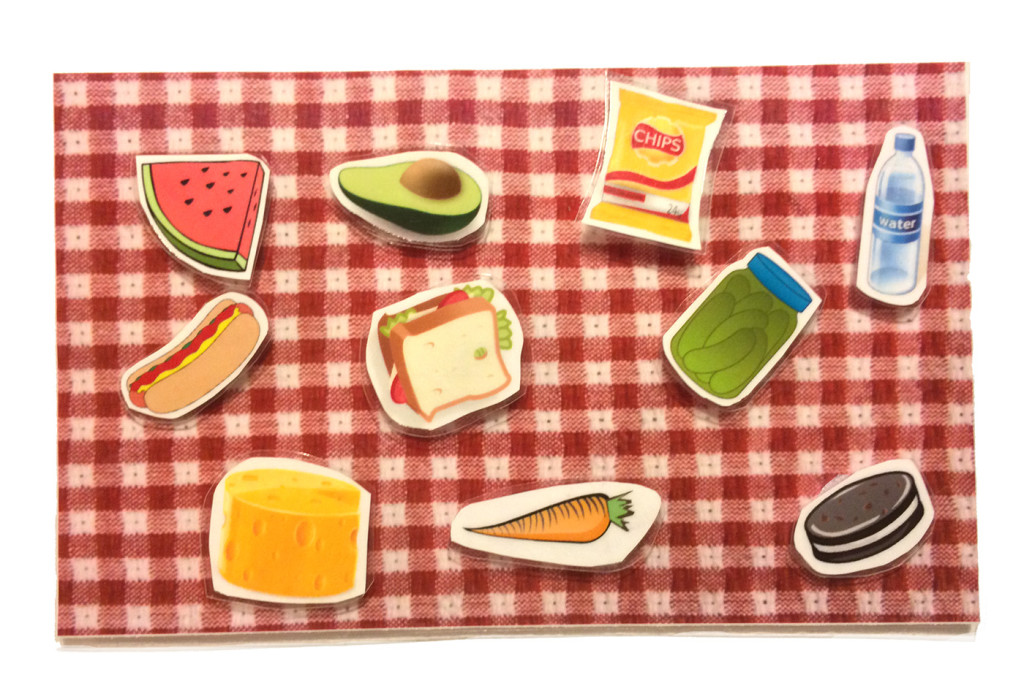 I decided when creating this token economy to print an abundance of items for the picnic blanket token board. I did this because the particular student I had in mind when making this was struggling to even approach the homework table, let alone begin his homework. So, I thought that having an opportunity to talk about which tokens we would bring on the “picnic” as well as which back up reinforcer he would earn in exchange for the tokens before starting to earn them would motivate him to come to the homework table more easily. In fact, this allowed for a softer transition away from preferred activities to the homework table. Depending on the student you could use five tokens or ten. We’ve assembled two printable pages of these tokens and token board for you to download here. See the steps for assembly below:
I decided when creating this token economy to print an abundance of items for the picnic blanket token board. I did this because the particular student I had in mind when making this was struggling to even approach the homework table, let alone begin his homework. So, I thought that having an opportunity to talk about which tokens we would bring on the “picnic” as well as which back up reinforcer he would earn in exchange for the tokens before starting to earn them would motivate him to come to the homework table more easily. In fact, this allowed for a softer transition away from preferred activities to the homework table. Depending on the student you could use five tokens or ten. We’ve assembled two printable pages of these tokens and token board for you to download here. See the steps for assembly below:
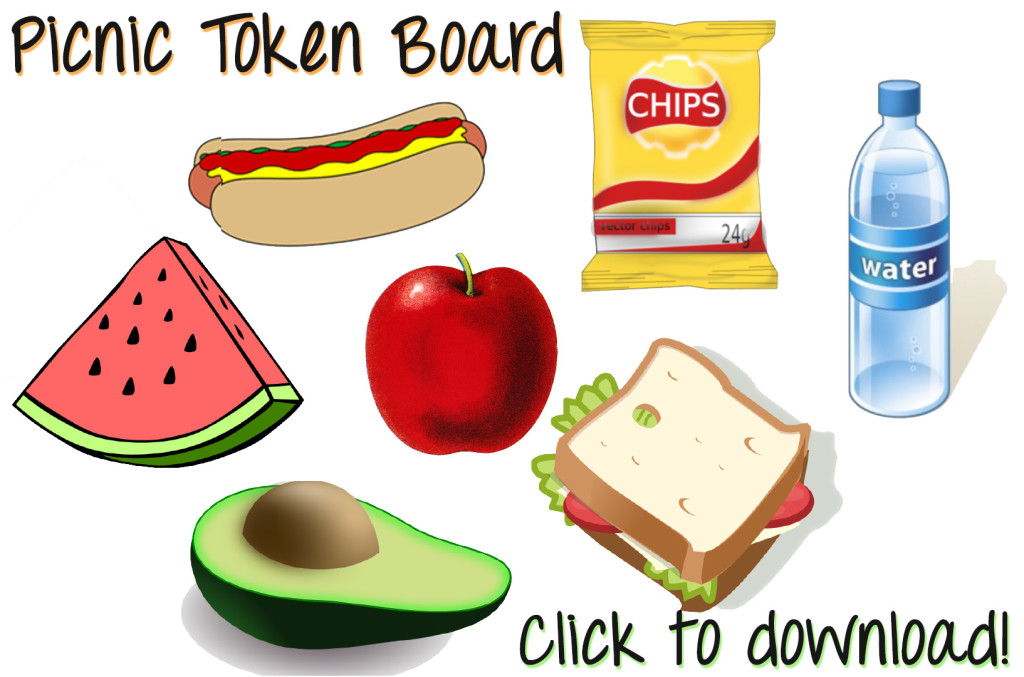 Print the files using a color printer and cut out each image.
Print the files using a color printer and cut out each image.- Laminate them separately and then cut them out of the lamination sheets.
- Attach the loop side of Velcro dots to the individual images and either 5 or 10 Velcro dots with the hook side onto the picnic blanket depending on which number is most appropriate for your student.
- If the learner needs a visual reminder of what they are working for (backup reinforcer) you could easily print up child specific reinforcers to be attached to the picnic basket as a reminder.
- If your learner does not require a visual reminder of the backup reinforcer you could easily adhere the laminated picnic basket to the backside of the picnic basket leaving an opening at the top and use it as a storage pocket for any tokens you aren’t using.
For more free autism resources, make sure to click here and sign up for our mailing list!

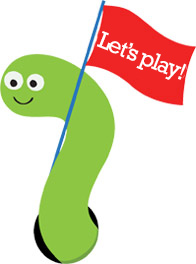 There are many great mainstream games available out there but it can sometimes be challenging to know if a particular game’s intended uses are feasible for a learner on the spectrum. With a few simple tips and modifications, many of these games can be altered to provide an excellent learning opportunity through play and most of all, fun.
There are many great mainstream games available out there but it can sometimes be challenging to know if a particular game’s intended uses are feasible for a learner on the spectrum. With a few simple tips and modifications, many of these games can be altered to provide an excellent learning opportunity through play and most of all, fun.
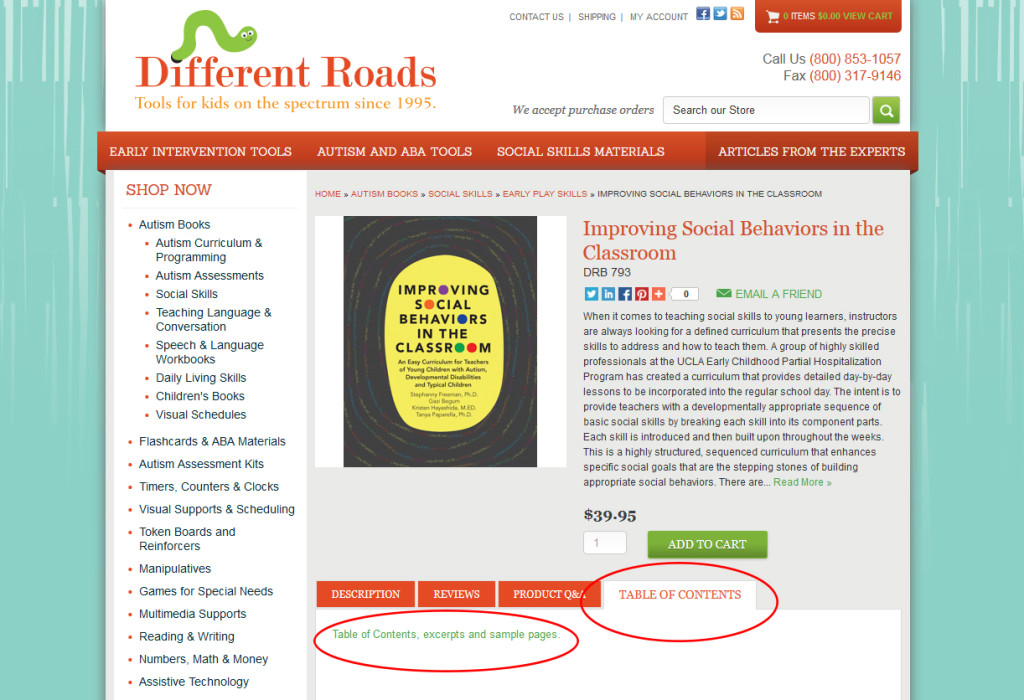
 Natasha joined us out of Barnard College with a Bachelor’s in Psychology. She’s our resident graphic designer and computer guru, creating beautiful content for our site, blog, and email campaigns. She also works directly with our content contributors, distributing their expert tips and articles every week. Inspired by her time at Different Roads communicating with educators and parents on a daily basis in addition to her research experience in mother-child relationships, Natasha hopes to earn a doctorate in Clinical Psychology in her future so she can continue to work closely with special needs families.
Natasha joined us out of Barnard College with a Bachelor’s in Psychology. She’s our resident graphic designer and computer guru, creating beautiful content for our site, blog, and email campaigns. She also works directly with our content contributors, distributing their expert tips and articles every week. Inspired by her time at Different Roads communicating with educators and parents on a daily basis in addition to her research experience in mother-child relationships, Natasha hopes to earn a doctorate in Clinical Psychology in her future so she can continue to work closely with special needs families.
 Almost everyone who calls our office has talked to Abigail at some point over the last 13 years. She’s our go to person for all questions big and small. If you’ve had a question about a product, if for some reason something went wrong with your order, or if you created a something new and fabulous, you’ve probably spoken to her.
Almost everyone who calls our office has talked to Abigail at some point over the last 13 years. She’s our go to person for all questions big and small. If you’ve had a question about a product, if for some reason something went wrong with your order, or if you created a something new and fabulous, you’ve probably spoken to her.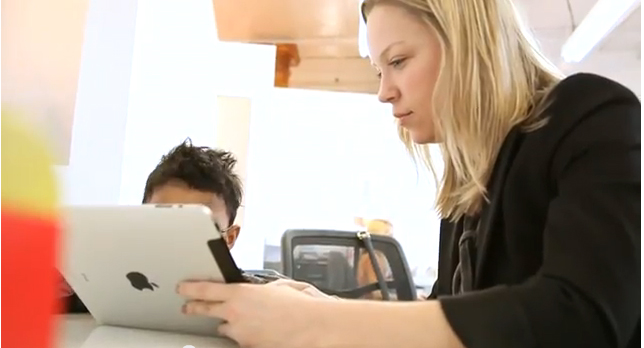 Do you believe in fate? Many years ago, after a particularly grueling day, Stacy thought, maybe it would be nice to have a 9-5 job. On a whim, she contacted Different Roads inquiring about job opportunities. When we saw her resume and credentials, we nearly jumped out of our seats with excitement. Of course, luckily for all of us, Stacy realized her calling was in the field working directly with children but she’s been consulting with us ever since.
Do you believe in fate? Many years ago, after a particularly grueling day, Stacy thought, maybe it would be nice to have a 9-5 job. On a whim, she contacted Different Roads inquiring about job opportunities. When we saw her resume and credentials, we nearly jumped out of our seats with excitement. Of course, luckily for all of us, Stacy realized her calling was in the field working directly with children but she’s been consulting with us ever since.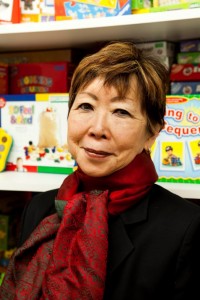
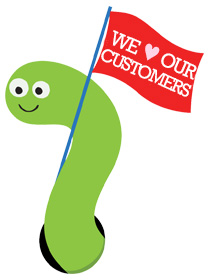 At Different Roads to Learning, connecting with all of you is what drives us and keeps us moving forward. We sometimes long for the old days when we knew so many of you by first name, when you would call in your orders and we would have the chance to get to know you and your children. After 18 years in business and with so much activity shifting to the web, we still want to maintain our connection to all of you. We so appreciate it when you take the time to share with us, be it via email or on Facebook, Twitter, and Pinterest. We figured now is a good time to say hello to old friends and let you know a bit about what we’ve been up to and introduce ourselves to those of you who we haven’t had the pleasure of getting to know yet. Over the next few weeks, we’ll be introducing you to our small but incredibly dedicated and wonderful team. Keep an eye out for upcoming posts!
At Different Roads to Learning, connecting with all of you is what drives us and keeps us moving forward. We sometimes long for the old days when we knew so many of you by first name, when you would call in your orders and we would have the chance to get to know you and your children. After 18 years in business and with so much activity shifting to the web, we still want to maintain our connection to all of you. We so appreciate it when you take the time to share with us, be it via email or on Facebook, Twitter, and Pinterest. We figured now is a good time to say hello to old friends and let you know a bit about what we’ve been up to and introduce ourselves to those of you who we haven’t had the pleasure of getting to know yet. Over the next few weeks, we’ll be introducing you to our small but incredibly dedicated and wonderful team. Keep an eye out for upcoming posts!